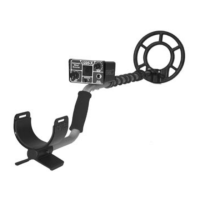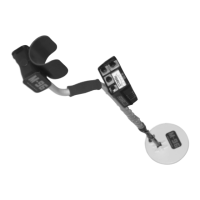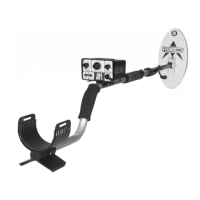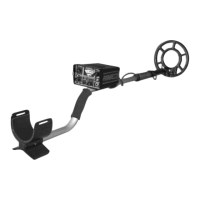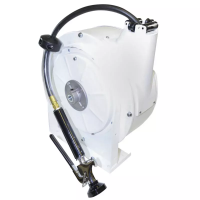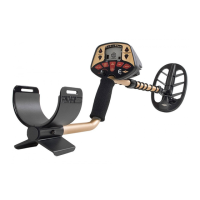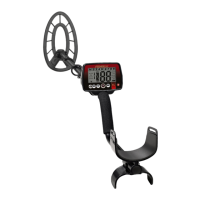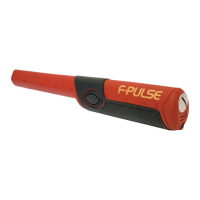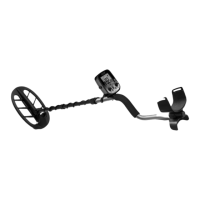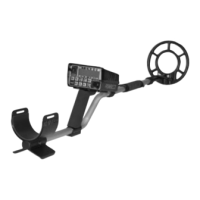11
Once you have pinpointed a target, your objective is to
recover it quickly and neatly, leaving virtually no trace of your
excavation. There are almost as many ways to do this as there
are Treasure Hunters. Whatever works for you is good enough as
long as you don’t break any laws, damage vegetation, or leave
your search area looking like a World War II battlefield.
Generally speaking, beachcombers do little if any damage to
the environment while recovering targets. However, if you plan
to use your 1212-X on lawns or in parks, your target recovery
method can be very important. Two of the most successful
methods are illustrated in a separate booklet enclosed with
your 1212-X. WHICHEVER TOOL OR METHOD YOU CHOOSE,
REMEMBER THAT RESPONSIBLE TREASURE HUNTERS TAKE PRIDE
IN THEIR ABILITY TO LEAVE SOIL AND VEGETATION INTACT AND
UNDAMAGED.
TARGET RECOVERY
RECOVERY TOOLS
1. A thin, dull probe is the preferred tool for
precise target location, such as heavy duty, blunt
screwdriver.
2. A sturdy hunting knife with a 5 inch blade will suffice
in most soils. A high quality double-edged “survival”
knife is an even better (and more expensive) choice
since it will be almost impossible to bend or break.
CAUTION: Using a jackknife without a locking blade
is a good way to lose a finger!
3. A narrow garden trowel will work in loose or wet
soil.
4. Several excellent digging tools are made just for
the treasure hunter and especially designed sand
scoops are available for beach combing.

